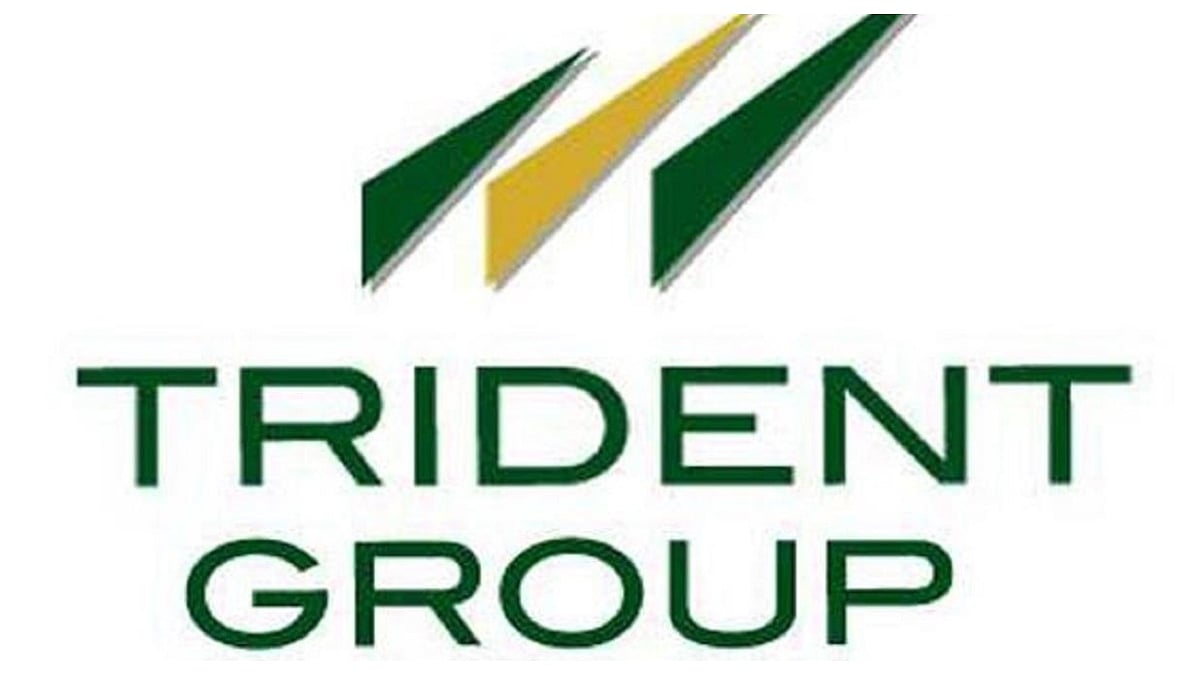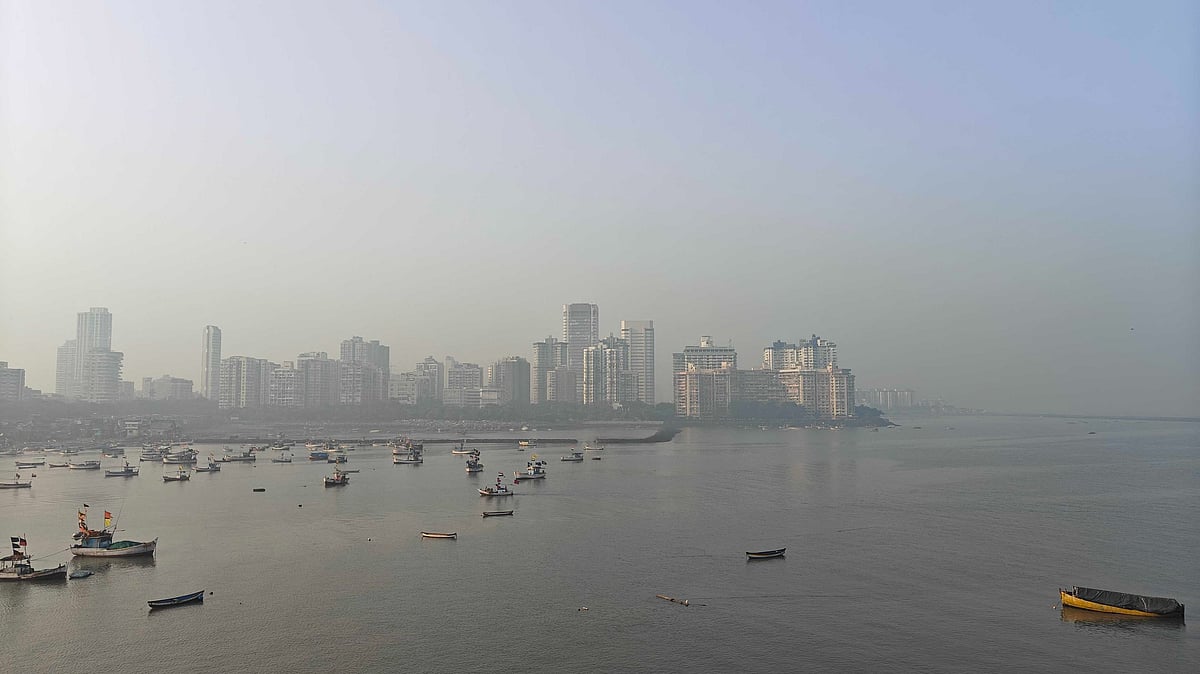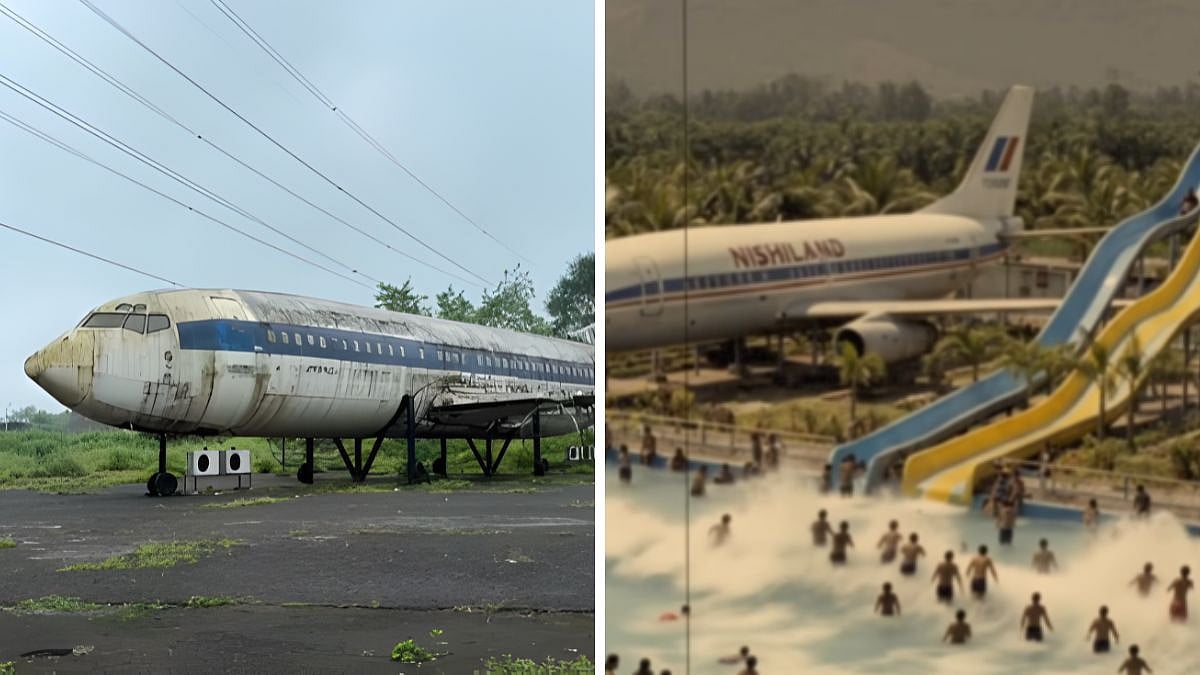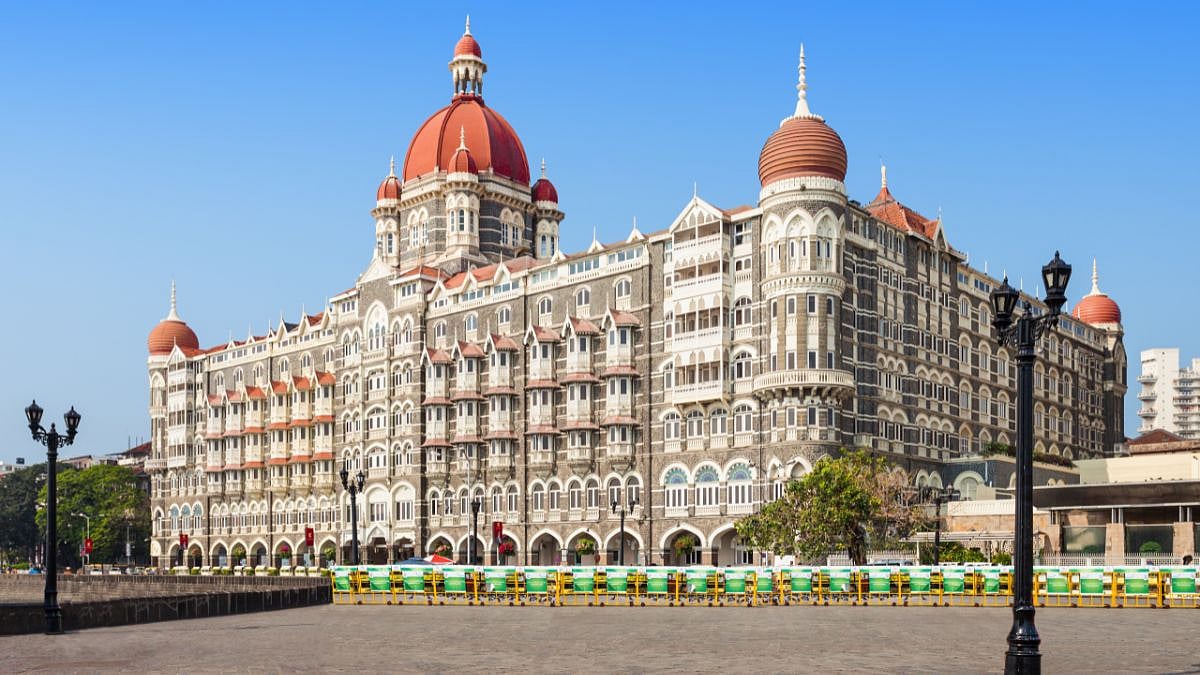Mumbai: Mumbai woke to an unexpectedly crisp and cool Saturday morning, offering residents a brief but refreshing pause from the city’s usual warm and humid November weather. Minimum temperatures slipped just below 21°C, creating a mild pre-winter nip that early risers welcomed as they stepped out to clear skies and gentle winds. For a few hours, the city felt closer to the beginnings of winter rather than its characteristic tropical climate.
However, the soothing weather masked a far more persistent problem. A thin but stubborn layer of smog lingered over the skyline, blurring visibility and dulling what could have been a picture-perfect morning. Despite the pleasant breeze, the haze refused to lift, serving as a sharp reminder of Mumbai’s growing air-quality concerns.
According to the India Meteorological Department (IMD), clear skies are expected to persist through the day, with temperatures likely to rise to around 33°C by afternoon. The cool early-morning conditions are also expected to continue for the next few days. But meteorologists caution that there is little indication so far that the city’s deteriorating air quality will improve anytime soon.

AQI Continues To Linger In Unhealthy Range
Mumbai’s Air Quality Index (AQI) hit 292, firmly in the ‘unhealthy’ category today morning. This marks a stark deterioration compared to the moderate levels recorded earlier this month. Several neighbourhoods, particularly those with dense populations and industrial activity, reported alarming readings.
The Wadala Truck Terminal logged the highest AQI of the day at 382, categorised as ‘severe’, signalling dangerously poor air. Chembur and Colaba followed, both reporting AQI levels of 312, placing them in the severe range as well. Worli recorded 308, while Mazgaon stood at 305, indicating that smog levels were high across large swathes of the island city.
Also Watch:
Suburban areas fared slightly better, though air quality remained far from healthy. Parel–Bhoiwada recorded an AQI of 140 and Kandivali East 157, falling within the ‘poor’ category. Meanwhile, Govandi (203), Santacruz East (227) and Malad West (233) continued to register ‘unhealthy’ air, showing that very few parts of Mumbai were spared from the pollution spike.
For context, an AQI of 0–50 is considered good, 51–100 moderate, 101–150 poor, 151–200 unhealthy and anything above 200 severe or hazardous. With most parts of the city now firmly above that threshold, Mumbai’s winter-like mornings may feel pleasant, but they come at a heavy environmental cost.
To get details on exclusive and budget-friendly property deals in Mumbai & surrounding regions, do visit: https://budgetproperties.in/








